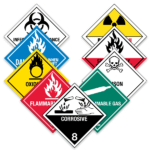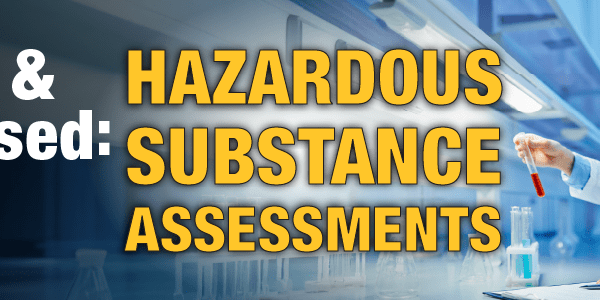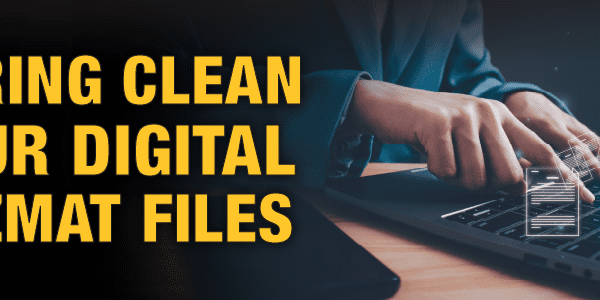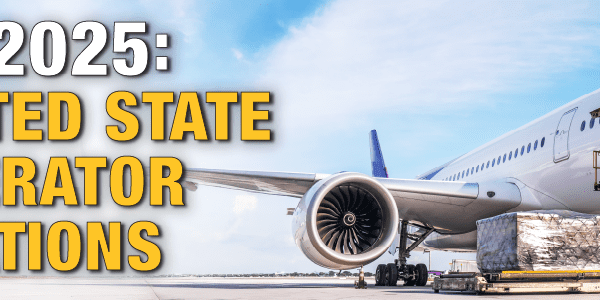PHMSA Issues Notice of Enforcement to Assist International Harmonization
If you deal with hazardous materials, a problem tends to arrive every two years, when the United Nations Recommendations on the Transport of Dangerous Goods (UN Recommendations) updates to a new biennium. This leads to corresponding changes to international regulations such as the International Maritime Dangerous Goods Code (IMDG) and the Technical Instructions for the Safe Transport of Dangerous Goods by Air from the International Civil Aviation Organization.
Unfortunately, the U.S. “Hazardous Materials Regulations” in Title 49 of the Code of Federal Regulations (49 CFR) is not always updated right away to match. Right now, the Pipelines and Hazardous Materials Safety Administration (PHMSA) is working on harmonization, but it will take time. And this is a problem for many involved in hazmat transport. There are new shipping descriptions, new standards and new requirements that have become mandatory if you’re shipping by commercial air carrier or international marine. How do we handle shipments when these new provisions aren’t yet authorized under the “Hazardous Materials Regulations”?
Notice of Enforcement Policy to the Rescue
Changing the regulations is a time-consuming process, and it gets even slower after a new federal administration comes on board. So how can PHMSA help American importers and exporters who have to deal with the lack of agreement in the regulations?
Luckily, there’s already a way to deal with these harmonization issues, and it’s called a “Notice of Enforcement Policy Regarding International Standards.” These notices clarify PHMSA’s approach to enforcing regulations, providing clarity on how they will address potential violations and ensuring consistent application of the law. On December 9, 2024, PHMSA issued such a notice to cover harmonization with the latest versions of international regulations.
Basically, the current notice will authorize inspectors to allow shippers and carriers in the U.S. to use the provisions of the 23rd revision of the UN Recommendations and the regulations based off it. The Notice states that use of the 2025–2026 Technical Instructions and Amendment 42-24 of the IMDG Code will be permitted for hazardous materials shipments as long as the shipments were transported at least part of their journey by those regulations. This covers imports and exports, as well as shipments offered and transported within the U.S. under the current IATA Dangerous Goods Regulations for commercial air shipment, since that standard complies mostly with the ICAO Technical Instructions.
What about ground transport? The notice also states that for transport by rail and highway to, from, or within the United States, PHMSA “will not take enforcement action against any offeror or carrier who offers or accepts hazardous materials identified and described on a shipping paper and/or packages marked and/or labeled in accordance with these standards.” This is provided that the written emergency response information and 24-hour telephone number required by 49 CFR Part 172, Subpart G, accompany the shipment. (This information is not required under the Technical Instructions or the IMDG Code, so PHMSA is reminding U.S. shippers to provide it.)
Since it’s hard to predict when the next harmonization update will be made to 49 CFR, the Notice states that it “will remain in effect until withdrawn or otherwise modified.” This allows shippers to make plans, for example, to ship sodium-ion batteries as listed in the Technical Instructions or the IMDG Code without worrying that the Notice may expire before a fix has been created for the Hazardous Materials Regulations themselves.
One area of concern left is shipping such products to Canada by ground, since although the Notice means you would not be subject to enforcement for using the new UN systems, it doesn’t quite equal making them an accepted method under 49 CFR itself. Therefore, reciprocity with Canadian regulations would be affected, since they are based on the assumption that incoming goods would be compliant with American regulations as written.
Canada does have an actual encoded permission to use the current ICAO or IMDG regulations in the “Transportation of Dangerous Goods Regulations” (TDGR) section 2.2(4), which states;
“(4) A consignor may use the appropriate classification in the ICAO Technical Instructions, the IMDG Code or the UN Recommendations to transport dangerous goods within Canada by a road vehicle, a railway vehicle or a vessel on a domestic voyage if these Regulations or the document from which the classification is taken does not forbid their transport.”
While this does not specifically mention transborder shipment, it does authorize the usage of the new descriptions within Canada.
Conclusion
It would be to the advantage of American shippers and carriers for 49 CFR to be updated in a timely manner each time the UN comes out with revised Recommendations, but as we’ve seen frequently, this doesn’t always happen, and making the changes can take significant time. In the Notice itself, PHMSA says they are “studying” the changes to see if they should be adopted as part of the domestic 49 CFR. While this is likely to be done eventually, such studies can take a long time, and the Notice of Enforcement Policy recognizes this by not having a fixed expiry date.
Like the sound of poorly tuned instruments in an orchestra, lack of harmonization in regulations can be painful. If you have questions about harmonization issues and how to cope with them, contact ICC Compliance Center 1-888-442-9628 (U.S.) or 1-888-977-4834 (Canada) for advice.
Stay up to date and sign up for our newsletter!
We have all the products, services and training you need to ensure your staff is properly trained and informed.
 Shipping Hazardous Shipping HazardousMaterials Training |
 UN Approved UN ApprovedPackaging and Boxes |
 Hazard Class Labels Hazard Class Labels |
References:
49 CFR, “Hazardous Materials Regulations,” https://www.ecfr.gov/current/title-49/subtitle-B/chapter-I/subchapter-C
PHMSA, “Notice of Enforcement Policy Regarding International Standards,” December 9, 2024, https://www.phmsa.dot.gov/sites/phmsa.dot.gov/files/2024-12/Notice%20of%20Enforcement%20Policy%20Regarding%20International%20Standards%202024.pdf
Transport Canada, “Transportation of Dangerous Goods Regulations,” https://laws-lois.justice.gc.ca/eng/regulations/sor-2001-286/







 ICC USA
ICC USA ICC Canada
ICC Canada